Day 45 - The Chūgoku 33 Temple Kannon Pilgrimage, Japan - The 500 Stone Arahats In Rakanji Temple, and Sightseeing In Iwami Ginzan

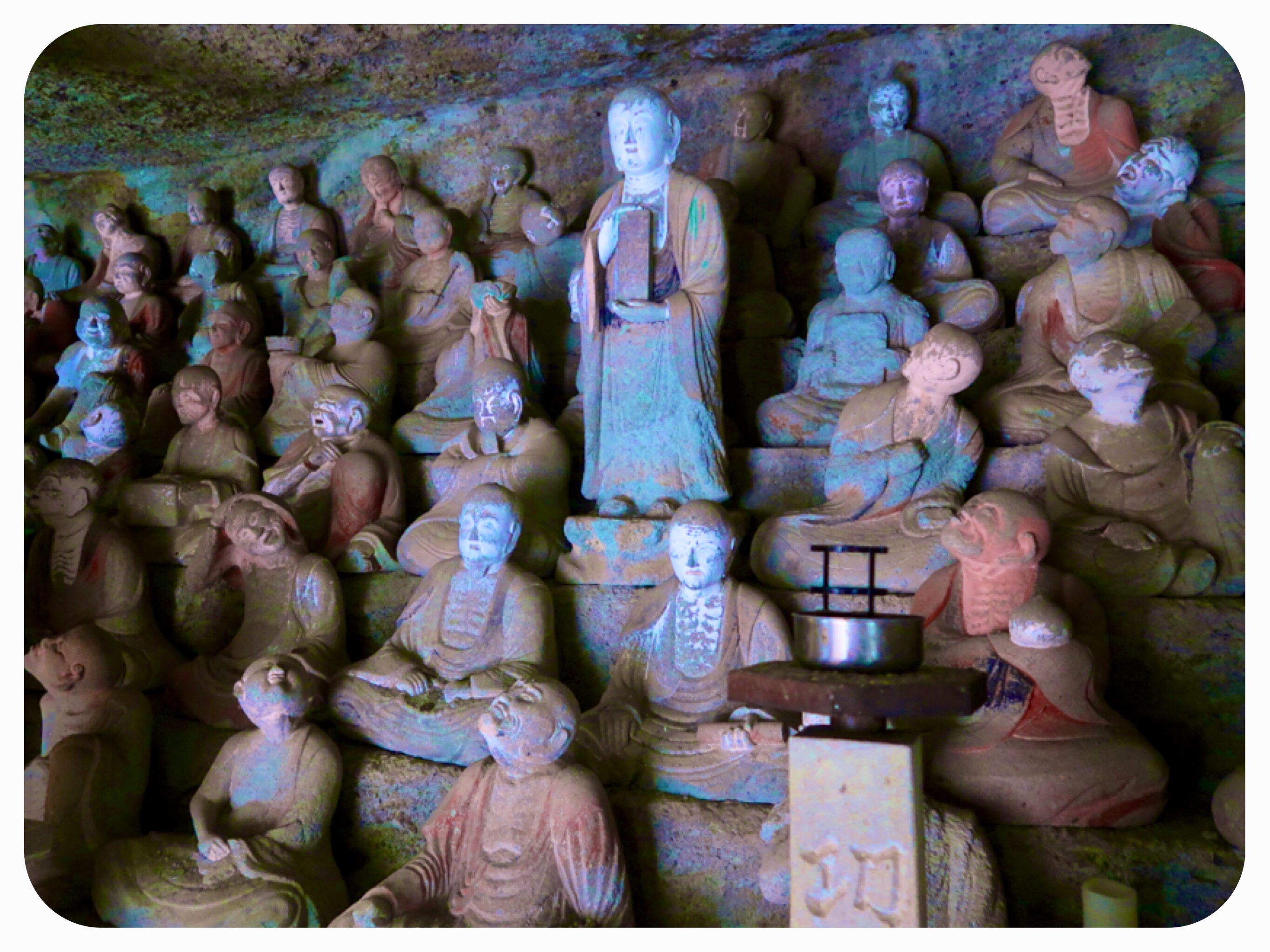

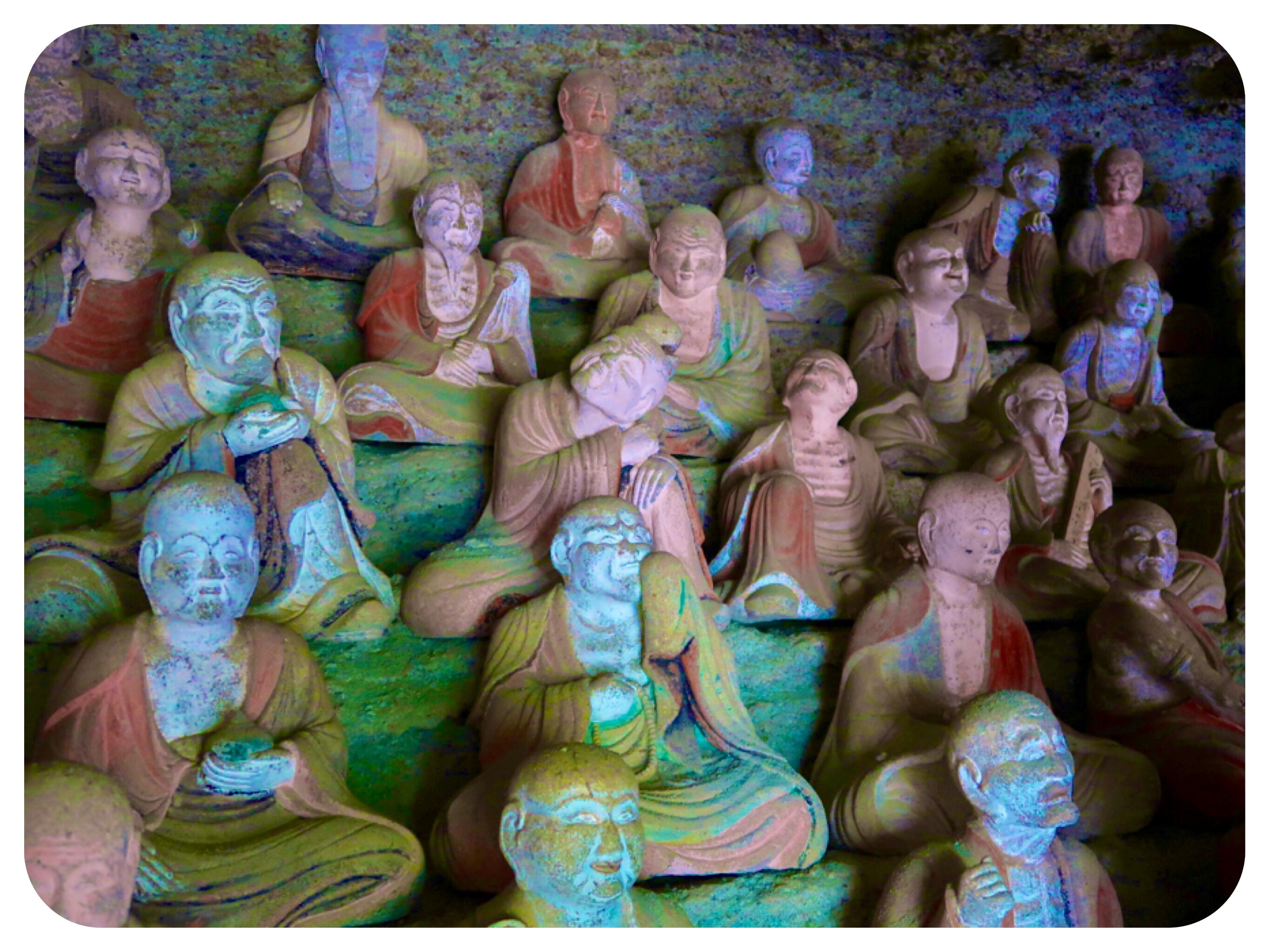
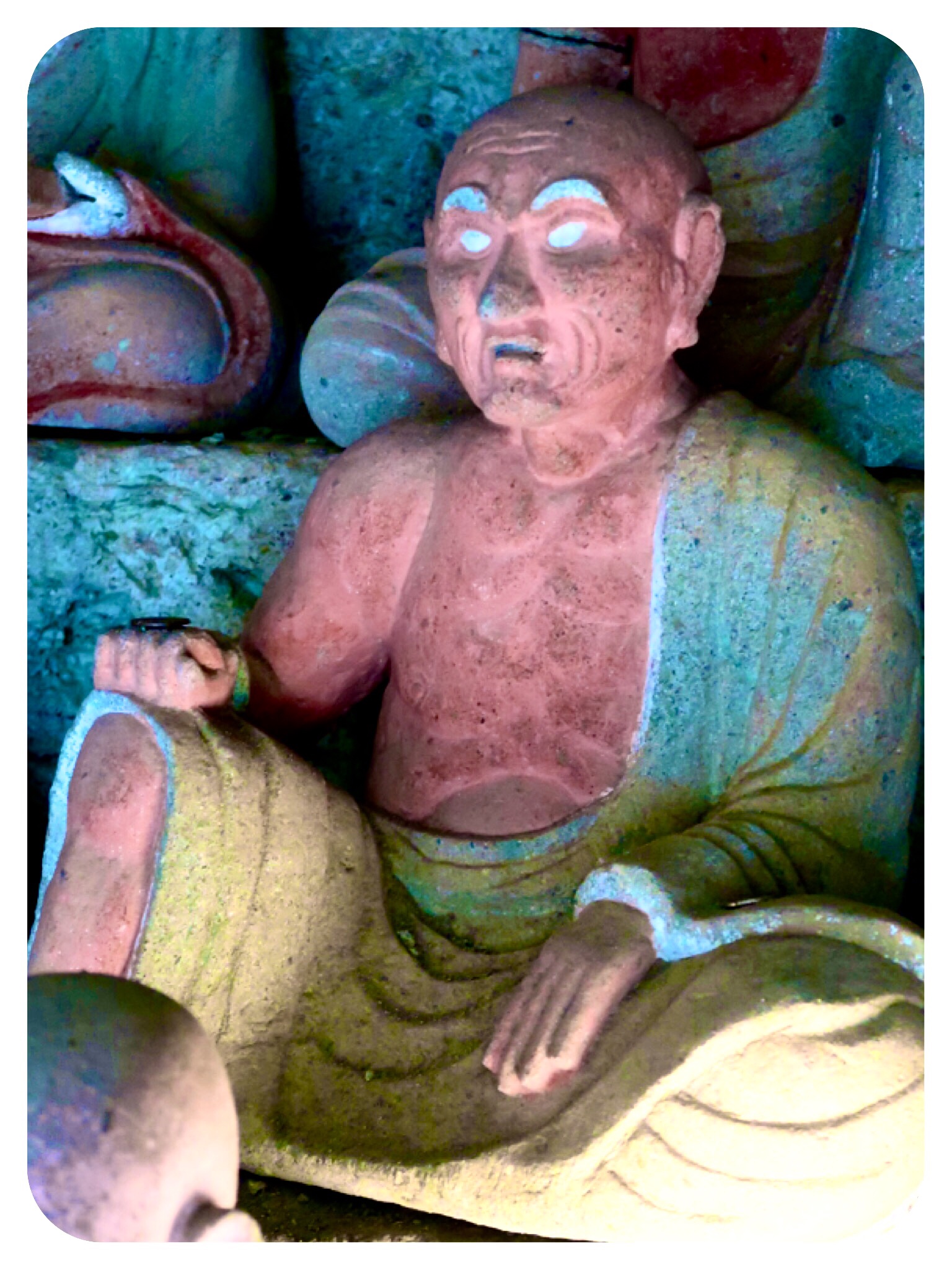






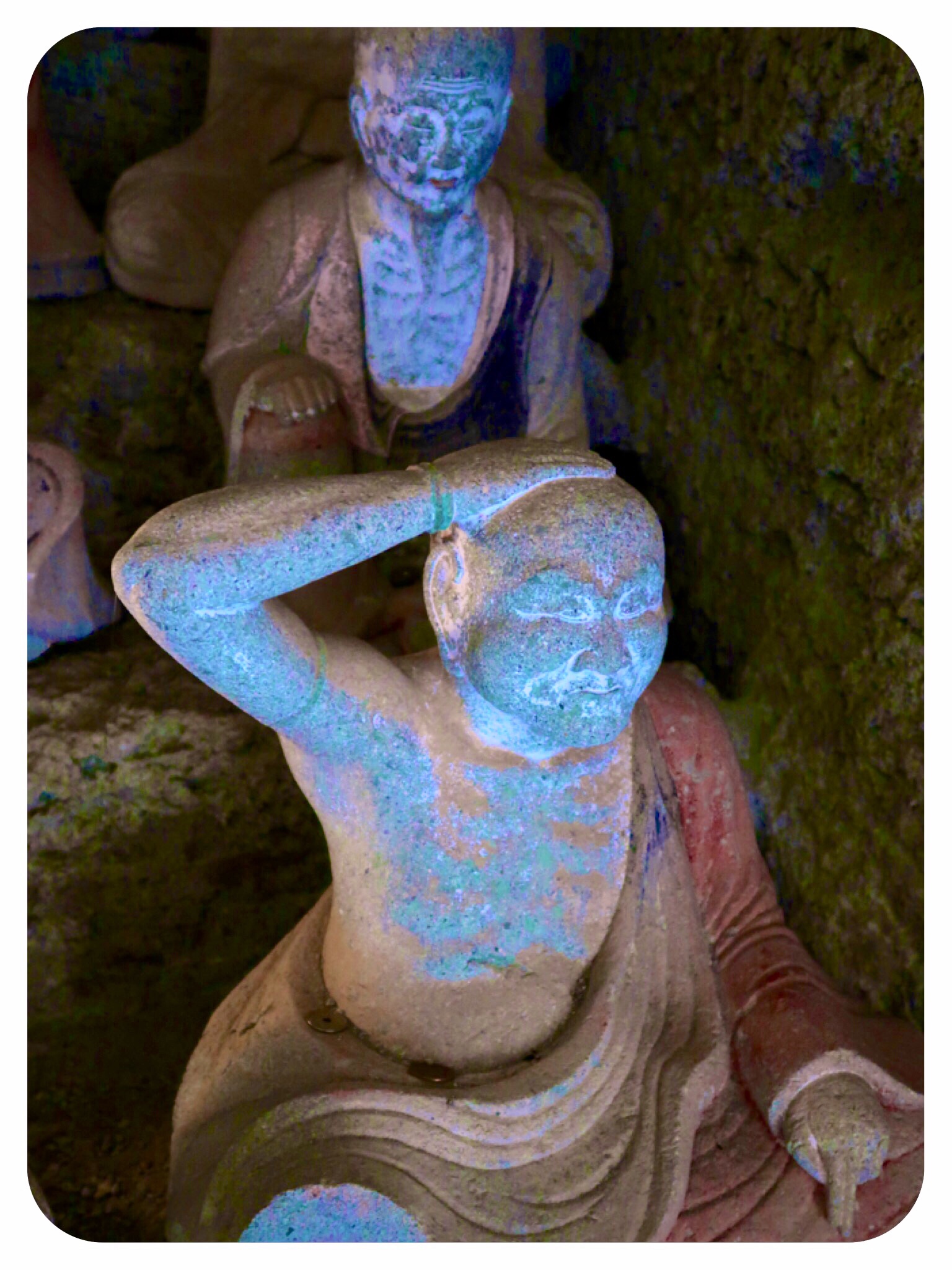
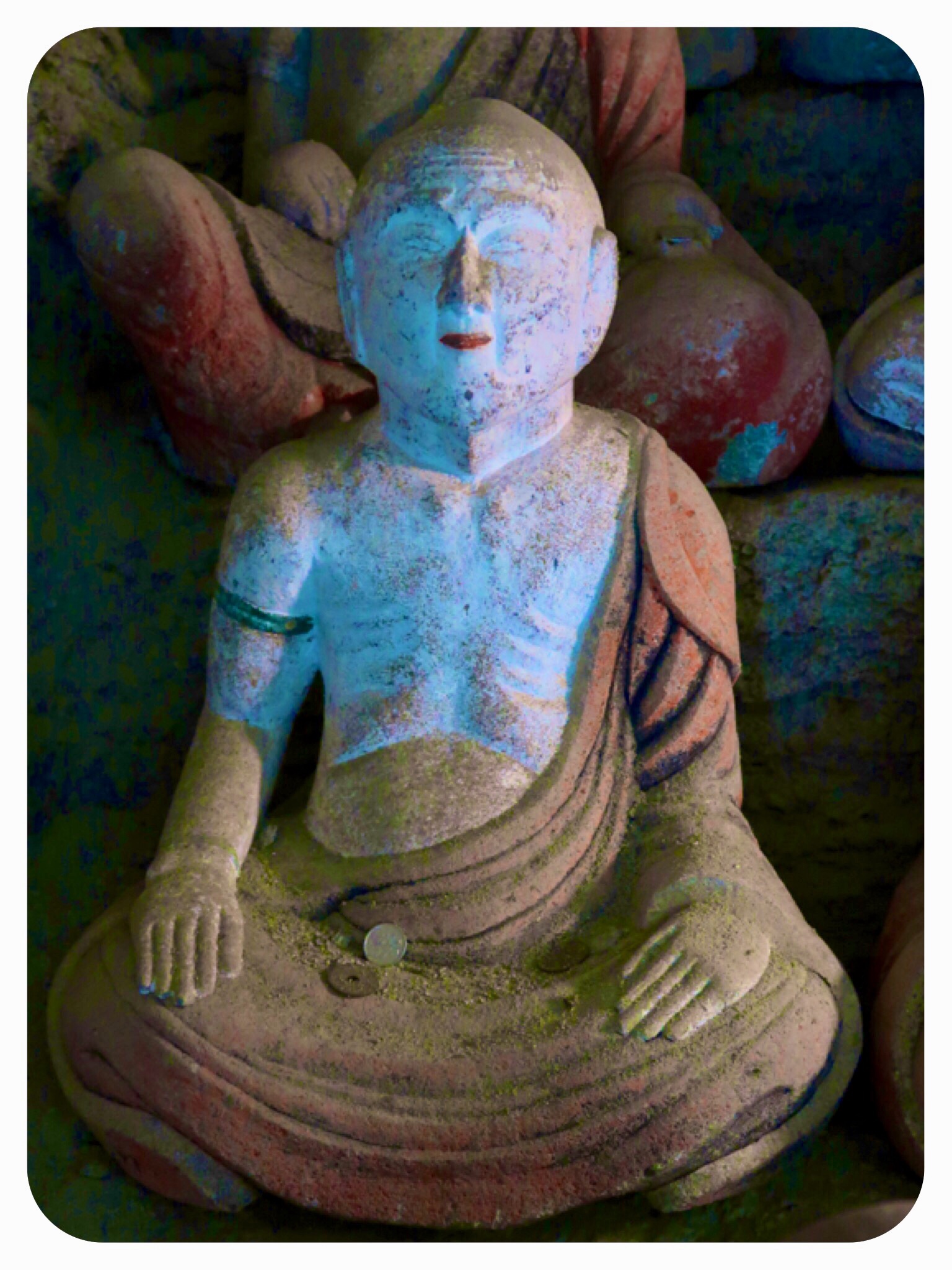









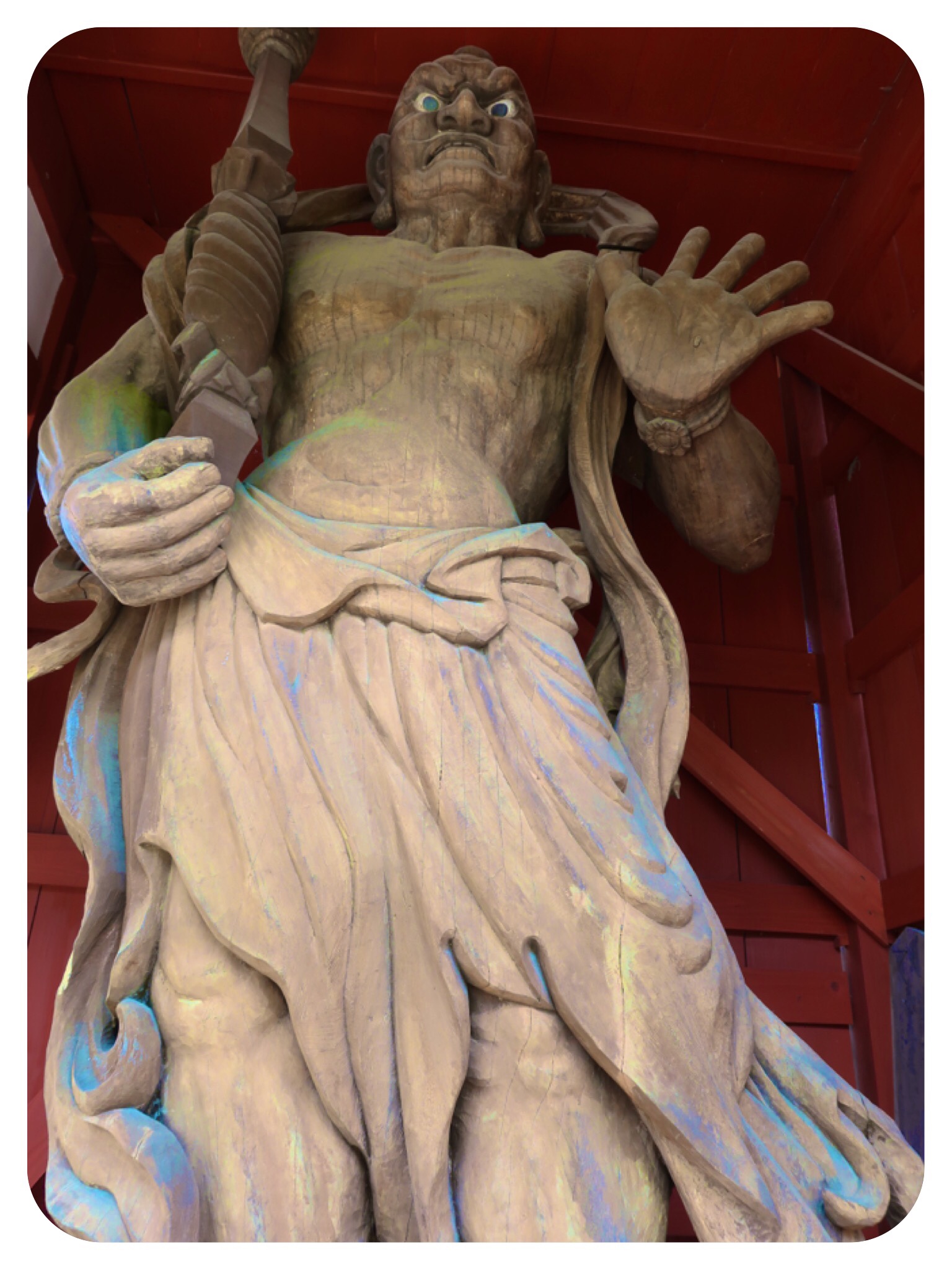
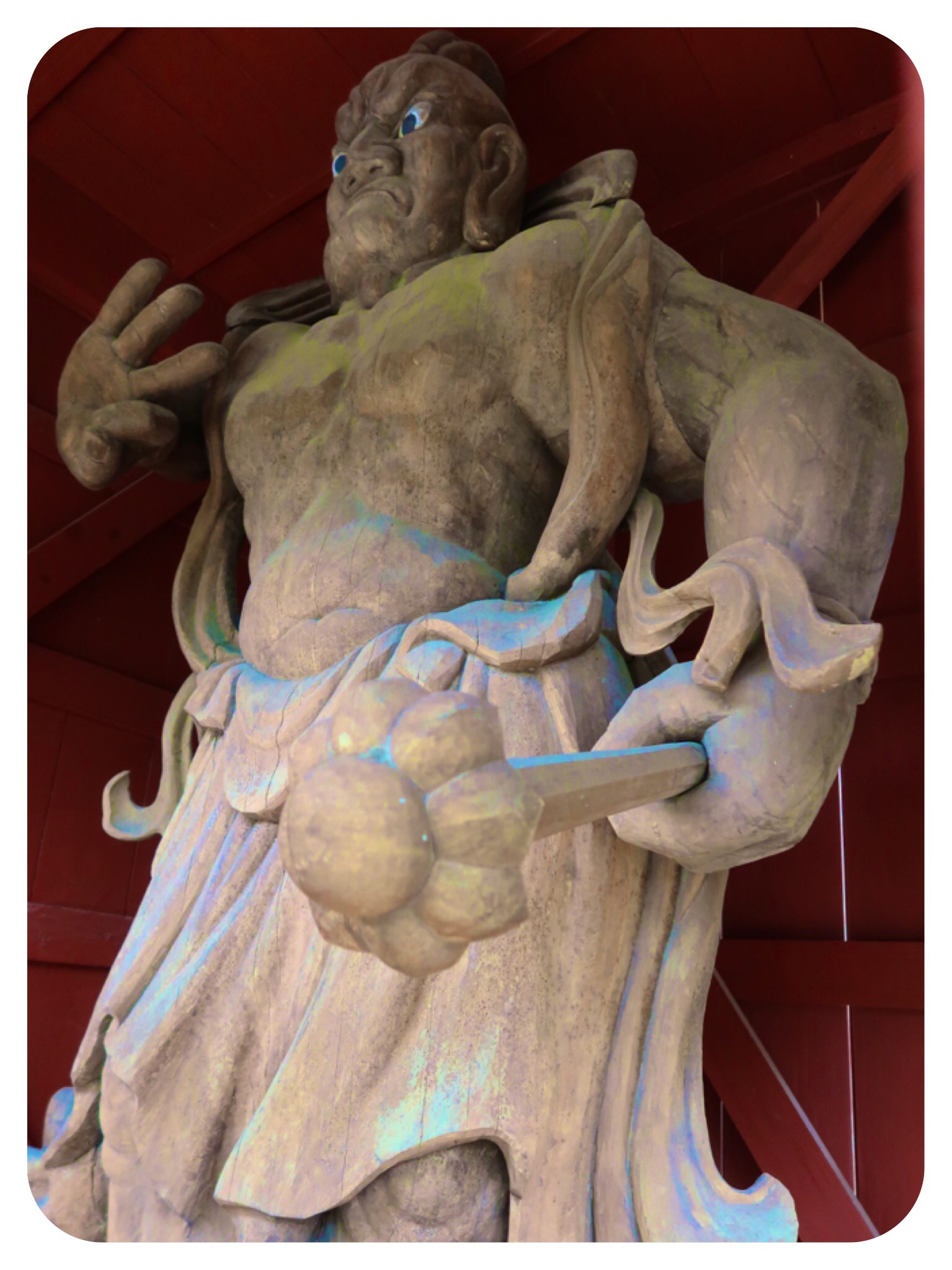





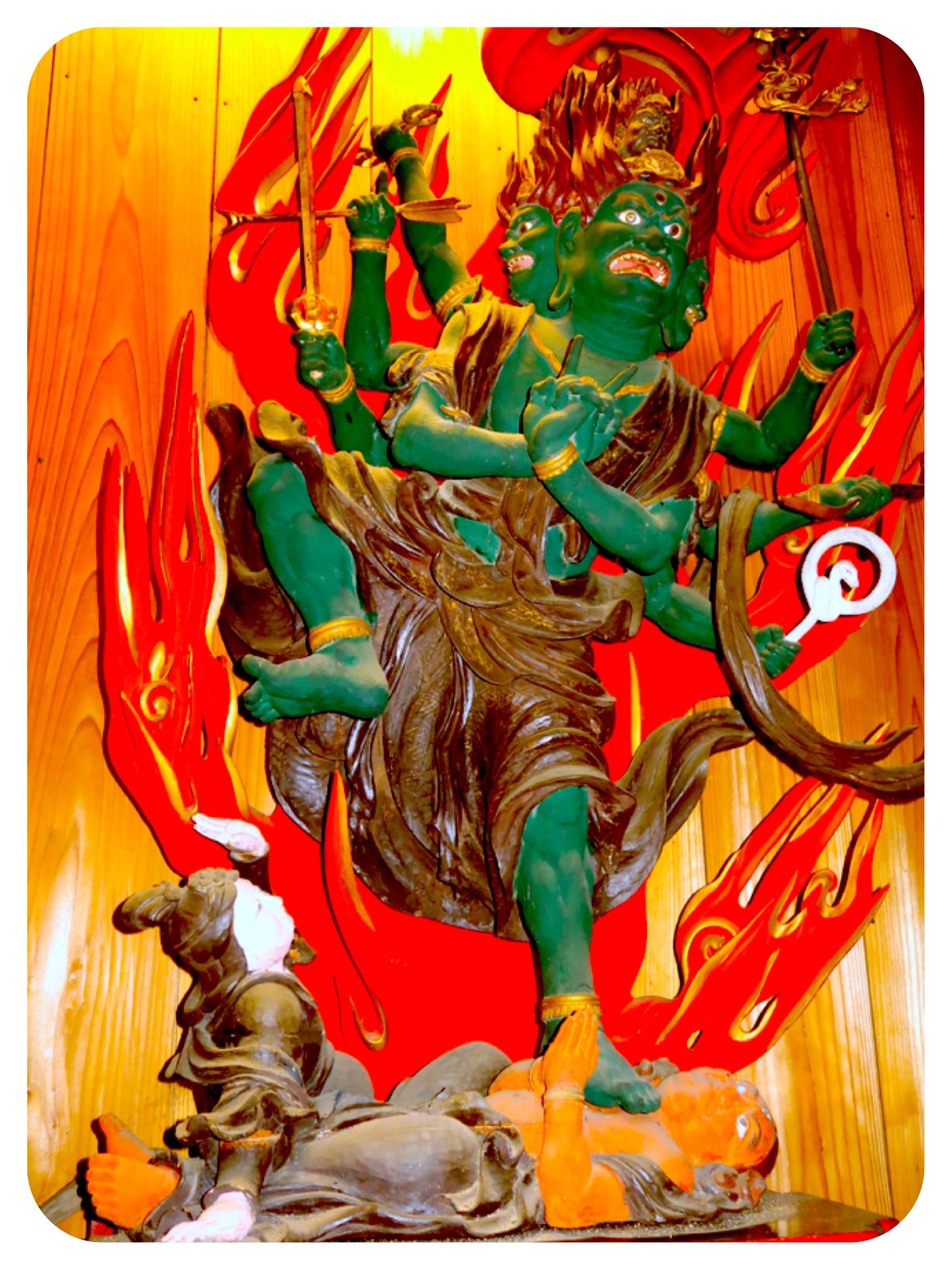


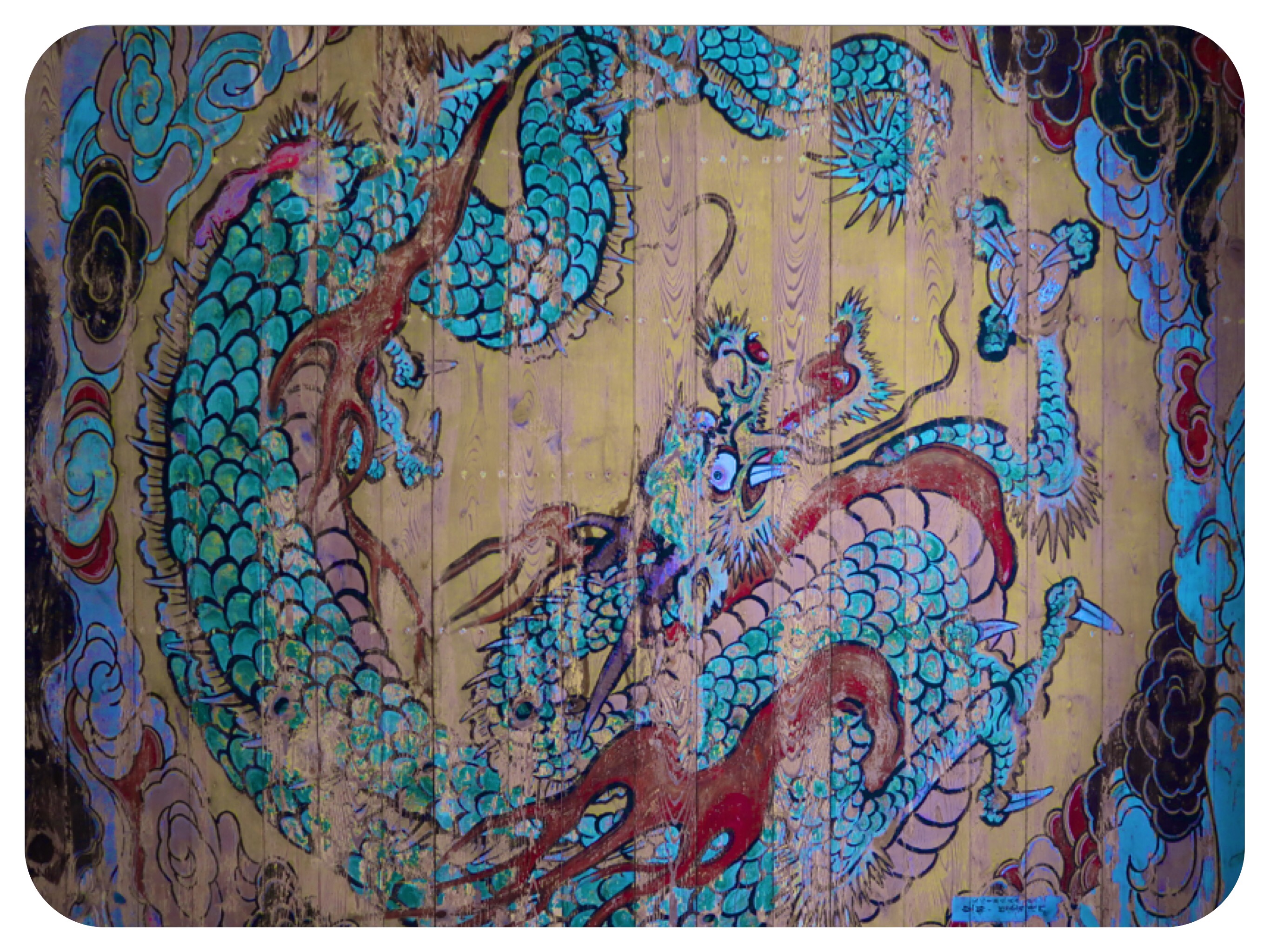






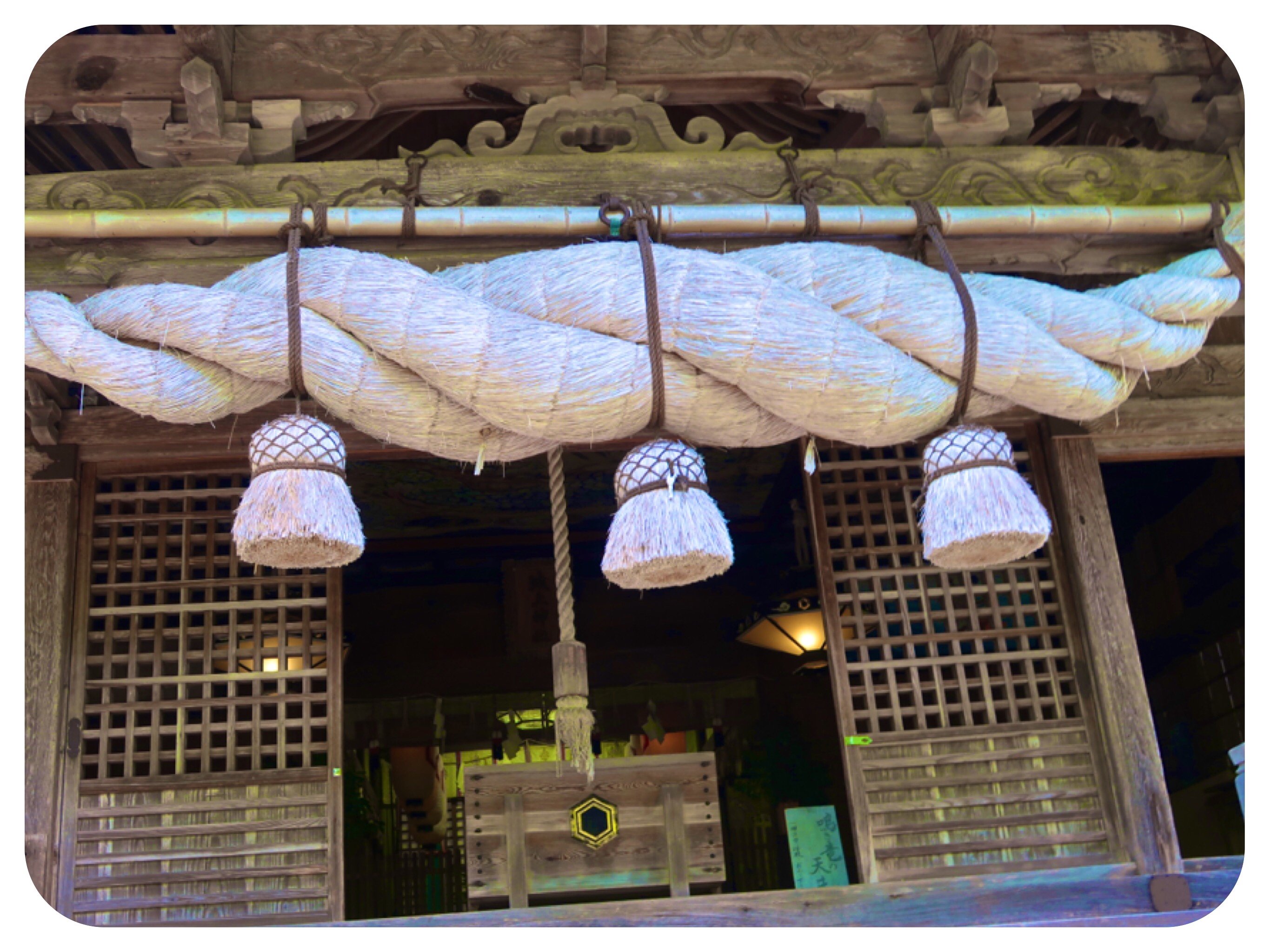



Day 45 - The Chūgoku 33 Temple Kannon Pilgrimage, Japan - The 500 Stone Arahats In Rakanji Temple, and Sightseeing In Iwami Ginzan
When we walked the Shikoku 88 temple pilgrimage in Japan, a Japanese pilgrim we met told us that you cannot be a pilgrim on a pilgrimage and at the same time be a tourist and do sightseeing. You need to either be a pilgrim and walk, or a tourist and sightsee, because the two roles do not at all go together.
But for me, this philosophy has never felt right.
Yes, it is true that because we are walking, which is such a slow mode of transportation, we cannot see everything in the areas we walk through.
But this is also my only chance to see some of these places that we pass through.
We will probably not come here again, and if there are wonderful places to visit nearby, I think it would be foolish not to see them.
Not far from our accommodation in Yunotsu Onsen, there is a hidden valley at the foot of the lush mountains, where an old silver mining town lies.
It is a well preserved town, with many old Samurai buildings standing intact.
It is called Iwami Ginzan, and it was designated a UNESCO World Heritage Site in 2007.
One of the main reasons I wanted to go and see the place is that this beautiful town has some very old Buddhist temples and Shrines.
One of these temples is called Rakanji, which has a collection of 500 stone Arahats, or Rakans.
Since I have been working in my studio on painting the 500 Arahats, I did not want to miss out on any inspirational material.
Online photos of the stone Arahats in Rakanji did not look good, so my expectations were low, but Rakanji temple turned out to be an amazing temple and its stone Arahats were expressive, unique and truly fabulous.
This morning I woke up early and looked over our schedule again.
I realized we might be pressed for time, and resigned myself to the fact that we might have to go to Izumo and continue walking from there.
But the Gods wanted us to go to Iwami Ginzan.
We checked out of our hotel, and our hosts took us to the train station. As it turned out, the 9 AM train was delayed due to trees that had fallen on the train tracks somewhere south.
The trains would not be running again until 11:45 AM.
So we stuck to our plan and took the bus to Odashi, and from there the bus to Iwami Ginzan.
In Odashi, a friendly woman working at the information center brought over a map in English, and went over all the details and places we must not miss.
It was thanks to her that we enjoyed ourselves so very much.
The Iwami Ginzan old town is gorgeous, with well kept up and renovated old houses lining the main street.
There are beautiful temples and Shrines.
The Kigami Shrine is located at the end of the village, with its back against the mountains.
The main deity of the shrine is Oomononushi (Ookuninushi).
It was built in the hope that it would bring prosperity to the silver mine.
Inside the prayer hall, the ceiling has a mural of a dragon.
We were told tat if you sit under the mural and clap your hands four times, the ceiling and floor will give off an echo.
We visited an old Samurai residence and saw how they used to organize the kitchen, the kimonos, the plates and bowls, each wrapped in cloth and put away in purpose built wooden chests.
We had a lovely lunch at an Italian restaurant that had a lunch set of a salad, a pasta and coffee.
We bought locally made brown sugar cookies and in a local bakery, we bought some nut bread to eat for dinner.
But for me, the highlight of this beautiful historic village in the mountains, was Gohyaku-Rakan or Rakanji temple, with its 500 Arahats.
The temple is Shingon Buddhist, and it was built over the course of 25 years, in the years 1741-1766, on both sides of the road.
The main hall was built on one side of the road, and a collection of cave halls were carved into the mountain across from it, right over the creek.
Three arched stone bridges were placed over the creek, for people to cross over.
The knowledge of how to make arched bridges from stone, was brought over from China.
Inside the main hall, there are statues of guardians (protectors) on each side.
The 500 Arahats (Rakans) are all located in the three caves over the creek.
Each of the statues of the Arahats depicts a different character of the enlightened students of the Buddha.
They are perfectly carved of slabs of stone, and they look lively, and full of emotion.
The statues are well-preserved because they were not left outdoors, exposed to the elements, but were protected by the caves.
The five hundred Arahats or Rakans were known under their Chinese name the Luo-Han.
The five hundred Luo-Han statues were carved as sitting down.
Some look up to the sky, some pray, some laugh, some reflect, some are bony, some are chubby, some are old, bold, blind, or unkempt.
The idea behind it that you can reach full enlightenment, no matter how you look.
Enlightenment is an INNER realization, and it can be achieved by anyone who is fully dedicated to the process.
There is no one rigid path, and no outer uniformity that the judging eye can detect.
Enlightened masters can look like fools or like wandering hermits, or look chubby, rich, happy or fat.
The Luo-Han statues were carved by a mason that used to live in the hot spring town of Yunotsu.
His name was Fukumitsu Hajime Tsubouchi, and along with his son and a group of other stone masons, they worked about 20 years to make the 500 statues.
The names of the patrons who donated money and food to sponsor the project, and the dates, were engraved on the back of each statue.
Although many different expressions and attitudes were created on the statues, it is said that the people in those days could see a deceased father, mother or daughter when they visited here.
The five hundred rakans were the five hundred disciples of the Buddha who transcended all human limitations and negative emotions, and who rose above earthly desires, but had not yet reached the level of the Buddha, which is realizing that we are ONE with God.
The five hundred Rakan statues are depicted as laughing, crying, preaching, looking at the sky, and praying, signifying a variety of aspects and forms of daily life.
Thus it is believed that the Luo-hans can explain or make clear the complicated path of truth to humans.
It started as a light rain, and then it really poured.
Heavy rain fell on us as we made our way to the bus stop to go back to Odashi station, where we had left our backpacks in the coin lockers.
We walked quickly in the rain.
A mechanic, working on a car in his garage, called for me to wait.
He ran over to us with two rain ponchos, which he gave to us.
We thanked him and put them on.
It was such a nice gesture.
He did not just see a situation of two people walking in the rain, he instinctively felt the urge to help and gave us two of his raincoats.
The bus stop was not far from his garage, and while we waited for the bus, the rain turned back into just a light shower.
We thought of what to do with his generous gift of two raincoats, and decided that we had time before the bus to walk back and return them to him with much gratitude.
From Odashi we took the train to Izumo-Shi station and then the bus to Izumo Taisha, where our Ryokan (Japanese Inn) is located.
There is a Starbucks right next to the Izumo Taisha Shrine, and near our Ryokan.
We sat there for tea and waited for the rain to subside.
It didn’t, so we ran to our inn in the heavy rain.
We were given a lovely renovated room.
Takenoya Ryokan is an elegant traditional inn, that was renovated with good taste and is a registered historic inn with the government.
The budget for the renovation must have been large, because everything is done with excellent craftsmanship and taste.
The Onsen bath was large and wonderful and it had sweet water.
Dinner was just the nut breads that we had bought in the bakery in Iwami Ginzan.
They were delicious.
With love and blessings,
Tali
Daily Stats:
Steps: 9,725 steps
Distance Walked: 7.5 Kilometers
Active Walking: 2 hours
Total Time: 4 hours
Total distance walked on the pilgrimage so far: 924.5 Kilometers (today’s walk not counted as part of the pilgrimage route)
Temple Visited: Rakanji in Iwami Ginzan.
Accommodation: Takenoya Ryokan Kiunso.
A traditional renovated Onsen Ryokan, in Izumo next to the famous Izumo Taisha Shrine.
Elegant traditional hospitality, has an indoor hot spring bath, very spacious tatami mat rooms.
It offers a pricy and elegant Kaiseki dinner which we did not take, and a very good breakfast.